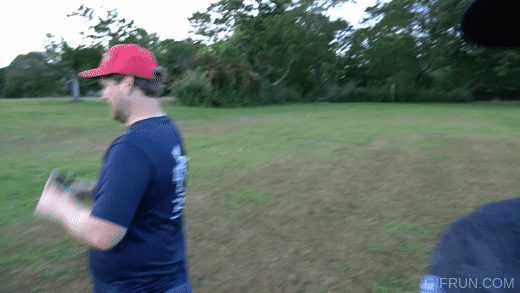Finally got around to watching it and doing most exercises (cant really do jump squats without annoyin people below me and dont have equipment for dips)
I heard about cable trunk rotation before but never got around to doing them. Seeing them explained by a discgolfer is great as you can point out why they are beneficial and also give some discgolf specific cues.
My main motivation is to do exercise so I wont hurt myself. Do you think there is some kind of threshold I should cross here either in being able to do the exercises with some weight or is it more that I should go through them every week to keep everything good?
I also see myself not being able to add much weight to the exercises due to lack of equipment at home and a lack of a gym membership. Should I continue for example the dumbbell row with just the weight I have even when it becomes easy for me?
And finally, not entirely related to the video: do you think it makes sense to prioritise mobility/stretching over strength when im not that mobile? Anything you would target here specifically for discgolf?
Glad to hear you were able to try them! I wouldn't worry too much about not doing the trap bar deads or jump squats - the single-leg squats will still provide tons of benefits for your leg strength for now.
For a general rule of thumb you can follow - try to establish good technique first, then increase the weight to the limit of what your technique can sustain. After that, you can progressively overload by increasing the weight on a week-to-week (or when possible) basis. I give more detail in this supplementary doc:
Weekly Programming Supplement For Disc Golf Video
It is ok to have a "good" sore the day or two after, but you want to look out for the "bad" sore, especially if it is recurring. If you want to be extra safe, you can start off doing sets of 12 and then increase the weight and work down to sets of 7 when more comfortable.
If you are unable to access heavier weights, you can continue increasing the rep count (of each set) as your method of progressive overload. Make sure to still move explosively on the concentric portion (way up) of the movement, and you can also push the last set to failure to tap more into fast-twitch fibers when the weights aren't heavy.
Great question! I recommend doing both concurrently because stretching can sometimes just dampen our nervous system's response to muscle lengthening which can increase injury risk. So ideally, we will develop length and strength at the same time.
I'm hoping to make a video on the mobility side of things as a part of this series before too long

generally, some good starting points for dynamic stretches/exercises are anything that improves hip internal rotation, trunk rotation, dorsiflexion, and general shoulder mobility (off the top of my head).


